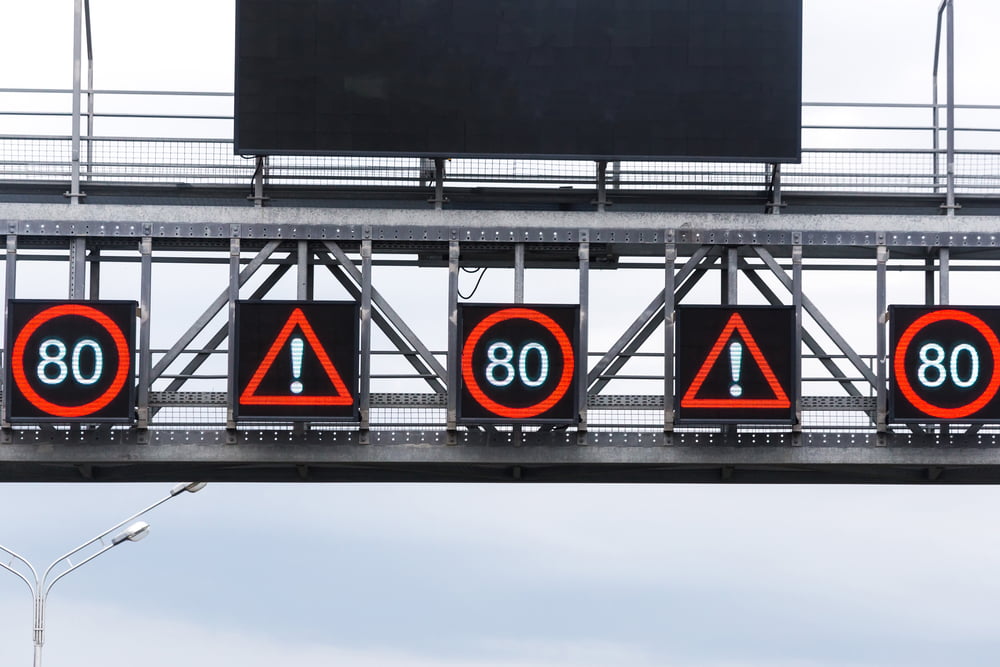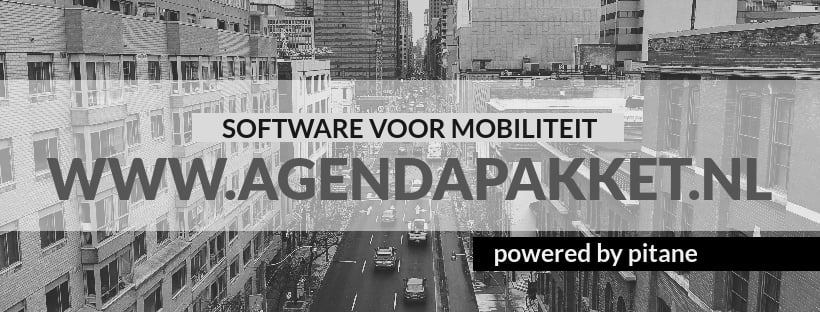The pilot will be carried out this autumn on the A27 over a length of thirteen kilometers between the Utrecht-Noord connection and the Eemnes junction. The previously committed pilot will be conducted as part of an independent study of the limitations of matrix boards to display the current speed limit.
The route is in line with the intention of the motion of MP Postma to promote clarity for road users at different and changing speed limits. A varying speed regime applies on this route (100 km / h during the day and 120 km / h at night). The systems present are also suitable for displaying the maximum speeds.
The research consists of various parts, including the traffic engineering pilot and a user research. The analyzes for the studies are carried out by external parties. The responsible Minister of Nieuwenhuizen will also request an external sounding board group, consisting of independent experts, to test the design and results of the study.
matrix boards
Matrix signs above or next to the road have the same meaning as ordinary traffic signs. If the matrix board has a different speed limit than on a traffic sign, the board with the lowest speed applies.
However, there are now routes where the limit on the matrix boards is indicated by the number 80 or 100 with a red border around it. The road user now doubts with the “normal” matrix boards about the status of the speeds where no red border is indicated: are these now limits or advisory speeds?
These remain speed limits. But the ANWB is consulting with Rijkswaterstaat about how it can gain more understanding among road users. For example, by only warning with flashing lights on the matrix boards and stating why attention is required (traffic jam, accident, slippery or the like).
Also read: Matrix boards not ready in time for the introduction of 100 km./h



